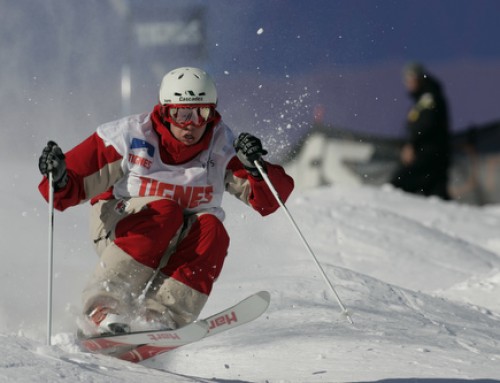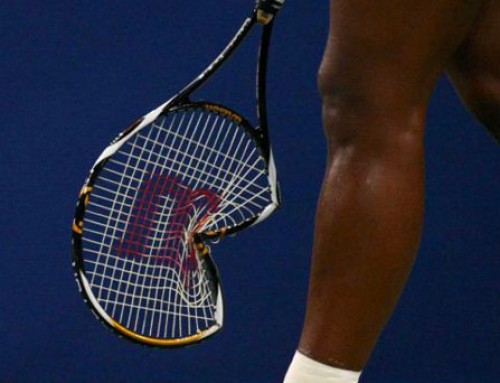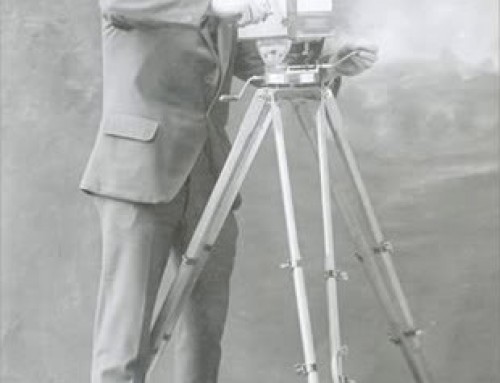While on your quest looking for single dominance there are a a myriad of different things you can focus on to try and gain the upper hand against your opponents. Ground strokes, volleys, serves, overheads, etc. Within each of those specific strokes there are many factors that will decide whether or not it will be effective, things such as speed, spin, height and angle to name a few.
In today’s game the ground stroke is becoming a very obvious necessity for anybody wanting to be successful at tennis, and in my opinion the first thing that must be mastered by anybody wanting a strong singles game is the ability to create deep, penetrating ground strokes.
Why Deep?
As you play tennis, depth of shot is going to go a long ways towards insulating yourself from attacks by your opponent. The deeper you’re able to keep your ground strokes, the farther away you keep them from your own side of the court. The farther away they stay from your side, the better of a shot it’s going to take to create an outright winner, or any other pressuring shot for that matter. Your job as a singles player is to consistently force your opponent to come up with truly great shots in order to beat you. The two main ways we DON’T want to lose are:
1. Creating so many errors you beat yourself
2. Serving up weak shot after weak shot allowing your opponent to force errors freely
By hitting deeply in the court correctly we can minimize our own mistakes by making long, relaxed, confident strings at the ball all while making it more difficult for our opponent to hit aggressive ground strokes or come in to pressure us with volleys.
How Deep?
In my private teaching, I am constantly encouraging my students to aim past the service line on their opponents side with their ground strokes. I introduce this goal immediately even to beginners after I’ve made sure they have a solid understanding of basic technique. From service line to baseline you have 18 feet of space to aim for this area. This means that aiming a forehand cross court (which is where you should be aiming a majority of the time) and past the service line gives you 243 square feet of court real estate to work with. Sound easy? It’s not. Next time you go out to practice with a partner start a cooperative rally cross court using your forehand and see how long it takes you to make five in a row in this deep box of the court. Can you do it? How about making 10 in a row as a team? If you’ve never tried this before and you’re below a 5.0 playing level you and your partner will be surprised how difficult it actually is.
Correct ball flight
There are two main factors that will make up how deeply your ground stroke will travel; speed and height. The higher and faster your shot is traveling, the farther its going to travel. What we’re trying to achieve is a shot that passes over the net by around 3 feet, and has enough drive (speed) to carry past the service line on the other side of the court. The easiest way to do this in terms of technique, is to have a long relaxed swing that travels in an upward direction as your core rotates towards your target.
The best way to practice this is either with a practice partner or with a ball machine. As I suggested earlier, pick a specific number of shots to make in a row to a certain corner past the service line as a goal, and don’t stop until you’ve reached it. When you do, take the same stroke and make that number in a row again to the opposite corner, and then go to your ground stroke on the other side of your body and accomplish the same goal to both corners again. Your target number should be at least five in a row past the service line, even if you’re a beginner. This repetitive work will help you gain confidence in your ground strokes, and help you continue to develop a strong shot using either side, and aiming for either corner.
Now get out there and practice! If you have any feedback on this article, or any questions related to it you can post them in the Blog forum of the Essential Tennis message boards!








